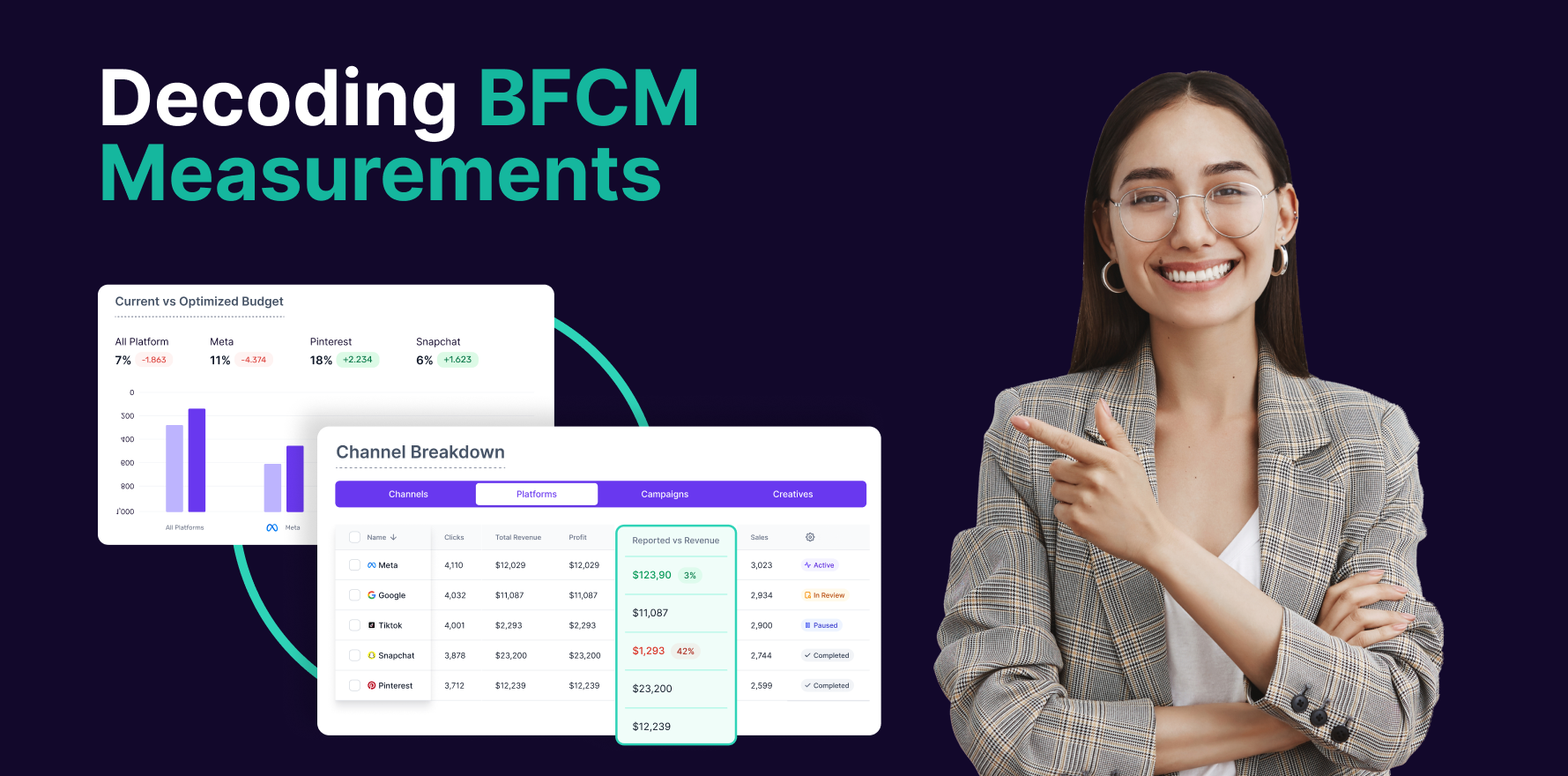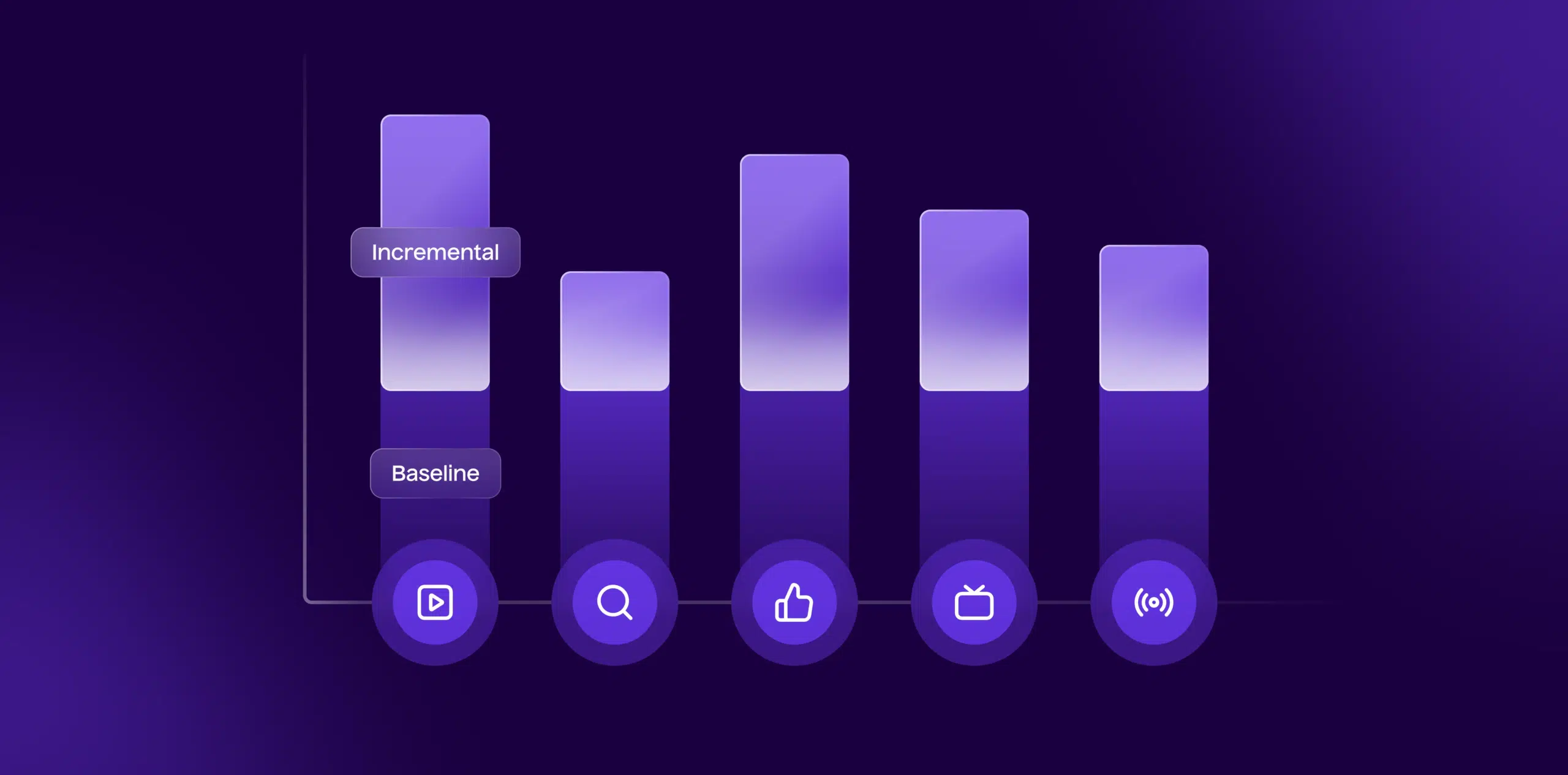What is White-label DSP?
White-label Demand Side Platforms (White-label DSP) are comprehensive, customizable, and automated software applications that enable businesses to efficiently purchase multimedia advertising placements programmatically across diverse data-driven platforms. Instead of creating a DSP from scratch, an organization leverages a White-label DSP to buy, manage, and optimize digital advertising inventories based on their specific requirements. This application is hosted on a white-label product, meaning that it can be branded as the company’s own product.
Formula
There is no standard equation associated with a white-label DSP. However, its effectiveness can be understood through various performance metrics such as Click Through Rate (CTR), Conversion Rate (CR), Cost Per Click (CPC), and the Reach of the ad campaign.
Example
For instance, an e-commerce company wants to expand their digital advertising efforts but lacks the necessary resources to build an in-house DSP. As a solution, they contract a white-label DSP. They can then tailor it to their specific needs (like relevant demographics, desired geolocations, etc.), and promote it as their unique platform.
Why is White-label DSP important?
White-label DSPs eliminate the cost, complexity and time burden associated with building a DSP from ground up. It provides immediate access to global ad exchanges and data platforms, enabling comprehensive reach for your brand. The flexibility to brand it as your own product enhances brand visibility and helps control customer experience directly.
Which factors impact White-label DSP?
To optimize a White-label DSP, businesses should delve into data analysis, understanding consumer behaviour, and adjusting ad targeting. The choice of a robust and efficient white-label DSP provider is crucial. Regularly reviewing campaign KPIs and tweaking strategies is integral for optimization.
How can White-label DSP be improved?
Several factors can influence the performance and efficacy of a White-label DSP. These include the vendor’s technical abilities, costings, scalability, the range of integrations on offer, and the ability to meet unique business requirements. Furthermore, the quality and breadth of available inventory and data also play a significant role.
What is White-label DSP’s relationship with other metrics?
A White-label DSP directly impacts various e-commerce metrics like customer acquisition cost (CAC), cost per impression (CPM), and return on ad spending (ROAS). Effective use of a white-label DSP helps in better ad targeting and placement, thereby improving the CTR, conversion rates, and eventually driving revenue growth.
Free essential resources for success
Discover more from Lifesight
















